Fan engagement in Pakistan: A neglected aspect of sports development
It's essential to recognize that an athlete's rise to fame isn't solely about their performance on the field. It heavily relies on the audience's engagement and support

Mohib Ur Rehman Zubair
Guest Contributor
Mohib Ur Rehman Zubair is a Sports Lawyer and holds a Master degree in Sports Management and Legal Skills from ISDE, in collaboration with FC Barcelona. He also holds an LLB Degree from the University of London. He is an overall sports enthusiast which majorly includes cricket and football.
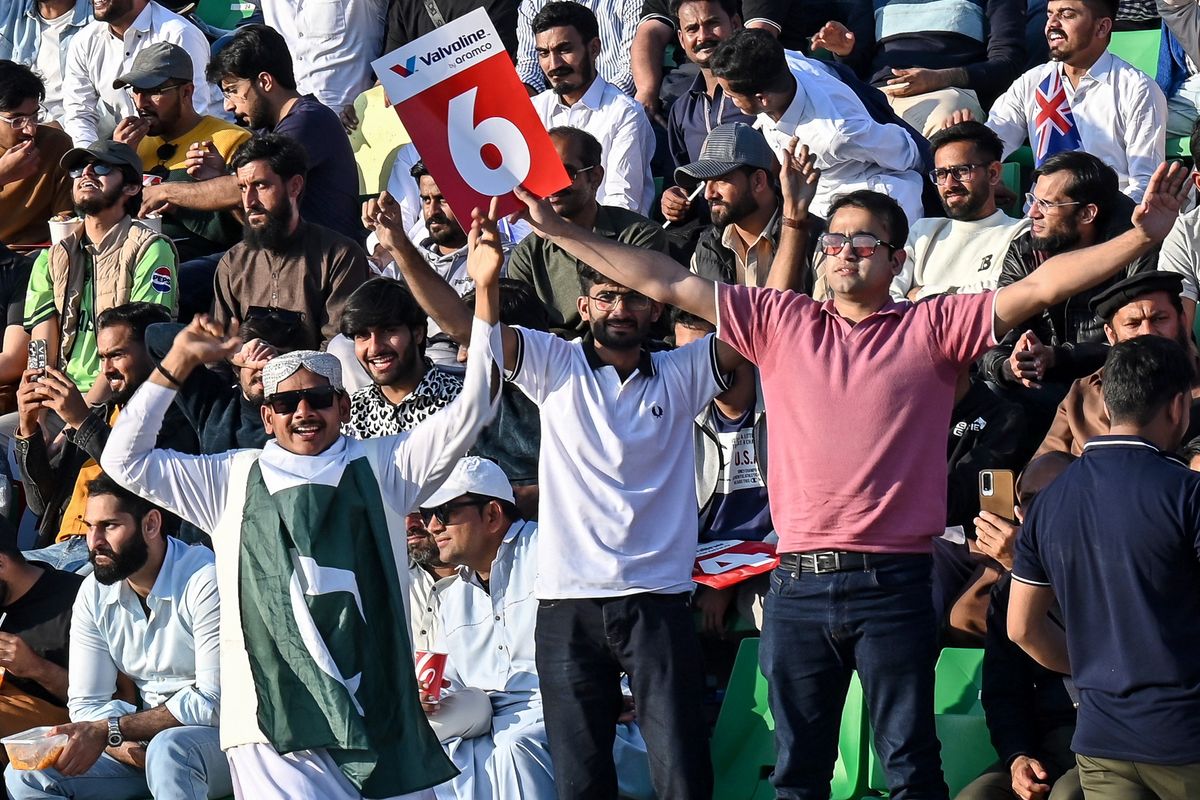
Fans cheer while watching the ICC Champions Trophy match between Australia and England at the Gaddafi Stadium in Lahore on February 22, 2025.
AFP
In Pakistan, sports are the beating heart of our heritage, defining our spirit and capturing the essence of who we are as a nation.
Pakistan's rich heritage has given rise to remarkable athletes who have captivated audiences worldwide. Their incredible talent and dedication have turned them into global sensations, showcasing the spirit and prowess of the nation on the international stage.
It's essential to recognize that an athlete's rise to fame isn't solely about their performance on the field. It heavily relies on the audience's engagement and support, which plays a crucial role in helping them break through challenges. When fans connect with an athlete, it empowers them to push beyond their limits and achieve greatness.
Sponsorship deals in sports such as hockey, football, squash, and cricket are predominantly driven by fan engagement. Unfortunately, in Pakistan, the emphasis on fan engagement is not as pronounced as it is at the international level, where clubs significantly prioritize their supporters. Pakistani fans often choose to support a team based on their background—considering factors such as their place of upbringing, current residence, family traditions, or team performance—rather than merely the team's success. It is a disappointing reality that cricket often overshadows the impressive achievements of athletes in other sports.
Despite the fact that the Pakistan Super League (PSL) attracts an impressive 455 million viewers, franchises have not taken adequate steps to enhance fan engagement. Currently, only Islamabad United has actively promoted its merchandise to its audience. Recently, the Pakistan Cricket Board has also taken steps to enhance its brand value by selling merchandise online; however, many franchise teams have shown little interest in following suit. Such initiatives are essential for showcasing a team's and club's brand value, yet they remain largely overlooked.
The landscape has advanced significantly; for example, last year, FC Barcelona launched a flash sale of fan tokens issued by Chiliz, a blockchain company partnered with the club. The sale lasted for 48 hours, during which fans could purchase the tokens for a fixed price of €2. This illustrates the remarkable progress in fan engagement strategies.
Furthermore, the franchise team in the PSL should establish a dedicated fan engagement center that allows fans to take part in a variety of activities. This center could host competitions for amateur and semi-professional players, providing them with a platform to showcase their talents and enjoy high-quality matches.
Focus on next generation
In addition, the franchise team should implement a membership program that offers discounted tickets, opportunities for meet-and-greets with players, and access to hospitality areas featuring special entrances. For instance, Aston Villa provides a complimentary baby membership and is recognized as one of the more proactive teams in promoting their membership program through newsletters, even maintaining a dedicated microsite for membership sales.
To revitalize fan engagement, sports organizations can focus on the next generation. Key strategies include making the live game experience more family-friendly, creating new ways for kids to engage with the sport, and supporting promising youth leagues.
By investing in kids' fan clubs, social clubs, school sponsorships, and player visits, teams can attract young fans and their families. Rewarding youth leagues with exclusive experiences, such as celebrity coaches and training programs, can also help. By tackling this trend head-on, teams can capture short-term value and seed long-term loyalty among young fans.
The Footballco Future of Fandom Report found that Gen Z’s preferred digital platforms to consume football content are YouTube (63%) - where they spend an average of 23 hours per month - and Instagram (63%) followed by TikTok (49%) and Twitter/X (35%).
Not all content is created equal, however. While players’ training footage can attract tens of thousands of reactions, documentary style storytelling is better suited to build brands and stand out in a crowded digital landscape.
Andrew Baker, Head of Strategy, Footballco points specifically to Gen Z’s “interest in narrative-driven football documentaries, such as Welcome to Wrexham and the All or Nothing series, and disruptive creators and organizations such as The Sidemen, Kings League and Hashtag United”.
This strategy has been successfully employed outside of football by brands such as the WWE that place narrative at the center of their sport and are increasingly popular with this age group. Baker believes that the WWE’s strategy “also highlights the importance of creating fandom at an early age, even pre-teen”.
While viewership remains the core element for the franchises, the live-action experience tends to build a massive fan following and revenue generation for the clubs.
In 1989, Field of Dreams introduced us to Ray Kinsella and the belief that “if you build it, [they] will come.” Ray built his stadium, the team came, and the fans followed. Ray’s stadium was simple—a corn field with minimal seating along the lines, but it had a baseball game, a compelling team, and no obstructed views—and that’s all that mattered.
While stadiums have grown into hundred-million-plus dollar developments, with multi story video boards, luxury seats and suites, and a variety of entertainment from mascot antics to fireworks, the basic tenets of the fan experience—a good game and clean views— have persisted since the time of Kinsella’s stadium.
However, this has not been the case in Pakistan, where cricket remains the most-watched and revenue-generating sport. Despite this popularity, a modern infrastructure has not been established. While Gaddafi Stadium has undergone notable renovations—especially to its enclosure stands, which now provide unobstructed views—additional enhancements have also been implemented. The installation of 480 state-of-the-art LED lights has improved the broadcast lux levels, ensuring an exceptional viewing experience for fans around the globe. Moreover, the spectator experience has been further elevated by the inclusion of two giant digital replay screens, measuring 80 feet by 30 feet and 22 feet by 35 feet.
In stark contrast, the National Bank Stadium in Karachi, despite the recent renovations, still lags behind. This lack of modernization is a significant factor contributing to the stagnation or decline in attendance for various league matches, including the Champions Trophy 2025.
According to a survey conducted by Deloitte, which involved over 15,000 participants focusing on fan engagement and the stadium experience, fans have four primary expectations when they arrive at the stadium, alongside a range of additional basic needs.
The fans expect the stadium to be safe, comfortable, and clean. They want the view from their seats to match their expectations. They desire a high-quality game and finally expect an exciting atmosphere within the stadium.
When considering the global landscape of sports, it’s clear that fans are generally satisfied with the core experiences offered at various events. However, in Pakistan, we face significant challenges in providing basic facilities for fans wishing to watch matches in stadiums. Issues such as security concerns, long waiting lines, unprofessional administrative staff, and inadequate seating obstructs view of the games and hinders the overall experience.
While the world is increasingly focused on enhancing fan engagement and enriching experiences through stadium renovations, we’re falling behind. For instance, Manchester United plans to construct what they hope will be 'the world's greatest stadium,' opting for new development rather than refurbishing Old Trafford. Similarly, the renovation of Barcelona's Camp Nou is already underway and is slated for completion by 2026, driven by the desire to completely revamp the stadium's design to create a more innovative and engaging experience for fans. Real Madrid’s Santiago Bernabéu Stadium serves as a prime example of how a venue can entice fans, providing them with both a captivating matchday experience and amenities that make them want to return.
Once stadiums successfully attract fans to attend games, it becomes crucial to deliver an experience that goes beyond the basics—one that keeps today's fans coming back and encourages them to invest their time and money across all related channels.
As broadcast and over-the-top streaming channels continue to improve, though, teams will need to go beyond these foundational elements to elevate, personalize, and connect the disparate elements of the in-stadium experience. They will need to compete across the attributes that make up the stadium playing field of today, and differentiate with new experiences such as mobile to continue to draw fans in the future.
To truly develop these offerings, teams will need to cultivate a deep understanding of their own individual fan bases to personalize sets of offerings to individual fans—continuing to lift the experience of the stadium above that of the home.
* The author is a Sports Lawyer and holds a Master degree in Sports Management and Legal Skills from ISDE, in collaboration with FC Barcelona. He also holds an LLB Degree from the University of London. He is an overall sports enthusiast which majorly includes cricket and football.
* The views and opinions expressed in this article are those of the author and do not necessarily reflect the editorial stance of Nukta.



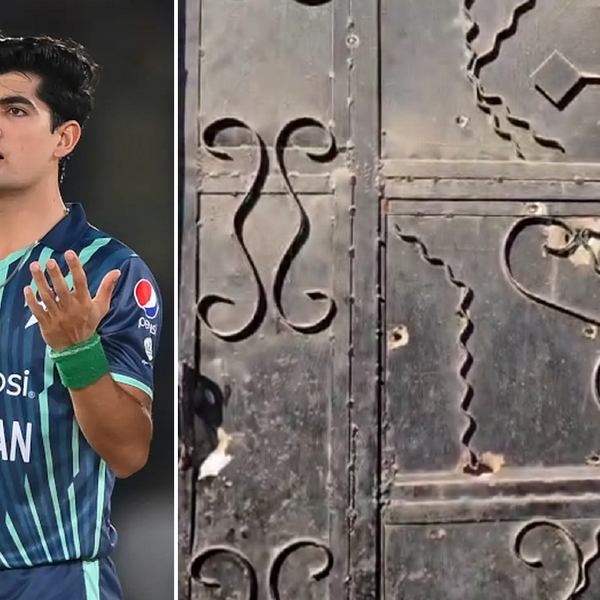
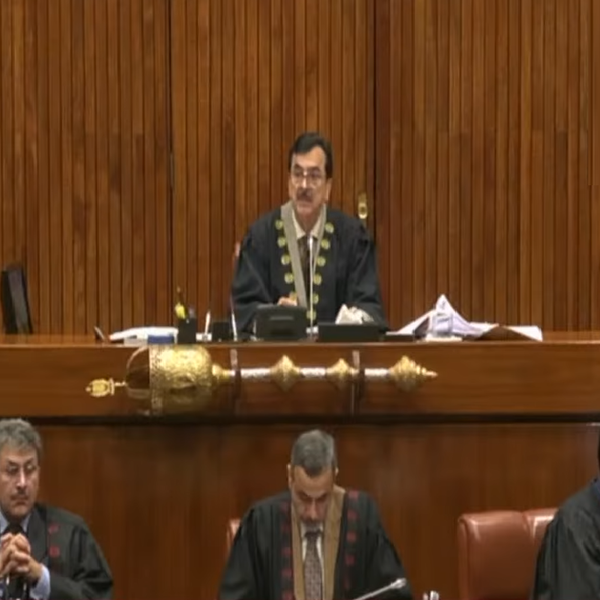
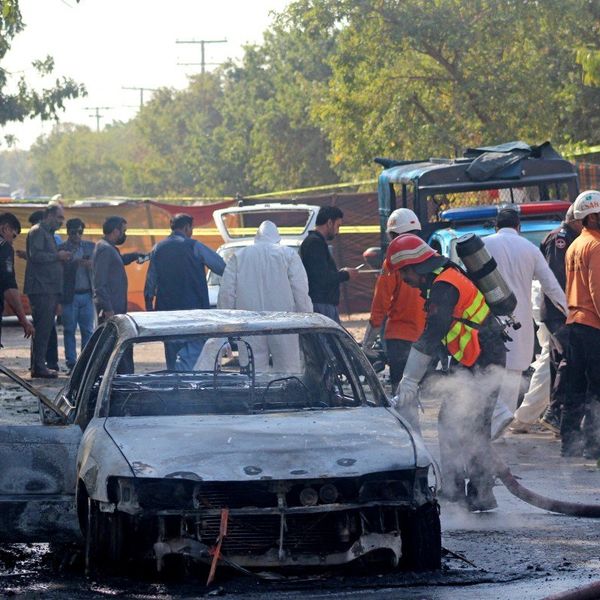
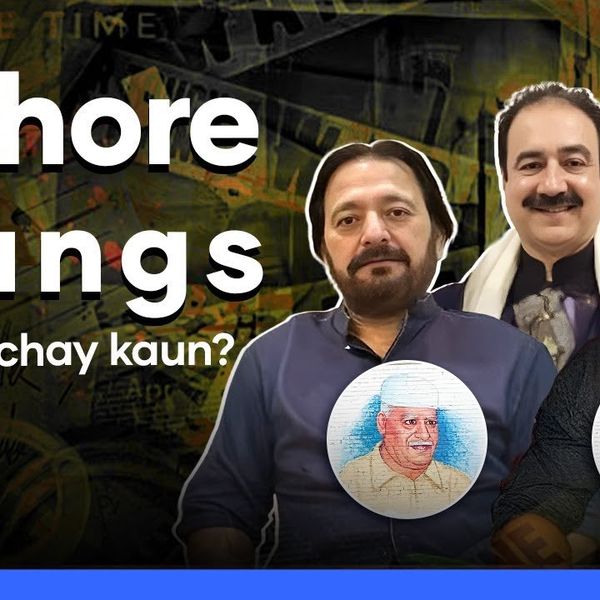

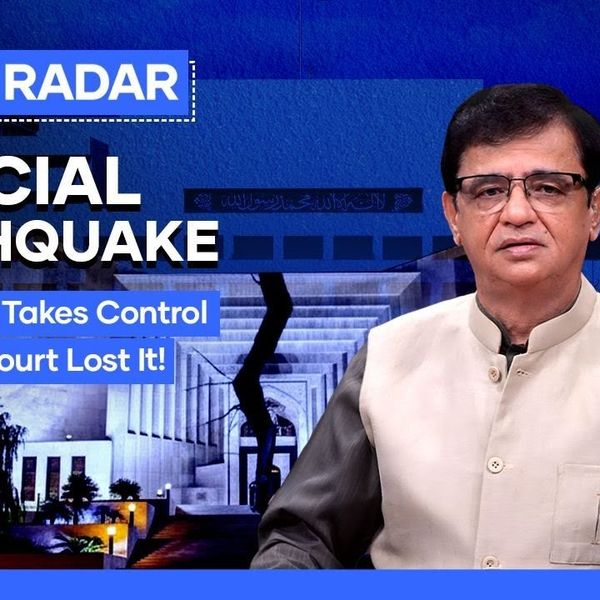

Comments
See what people are discussing